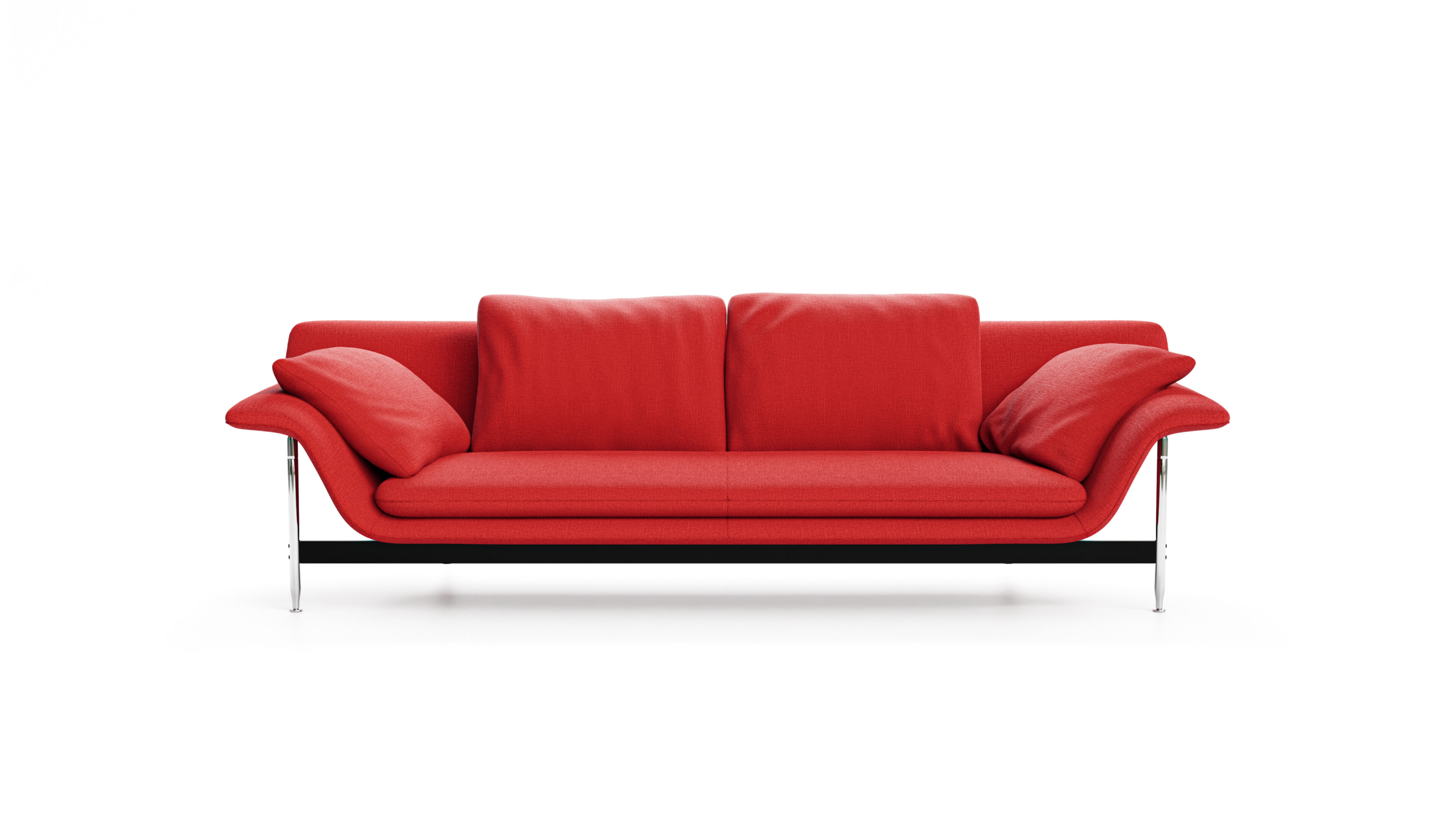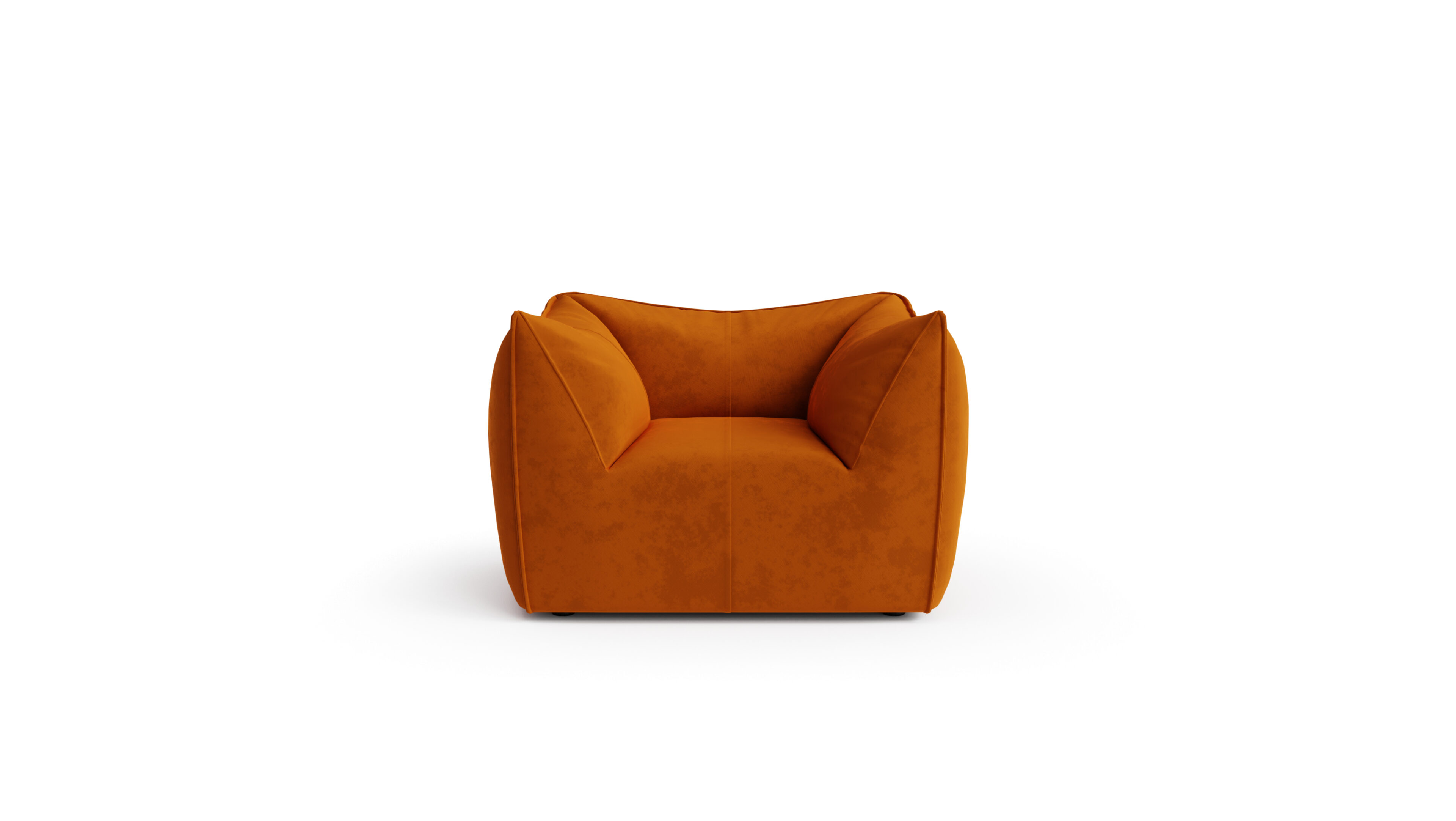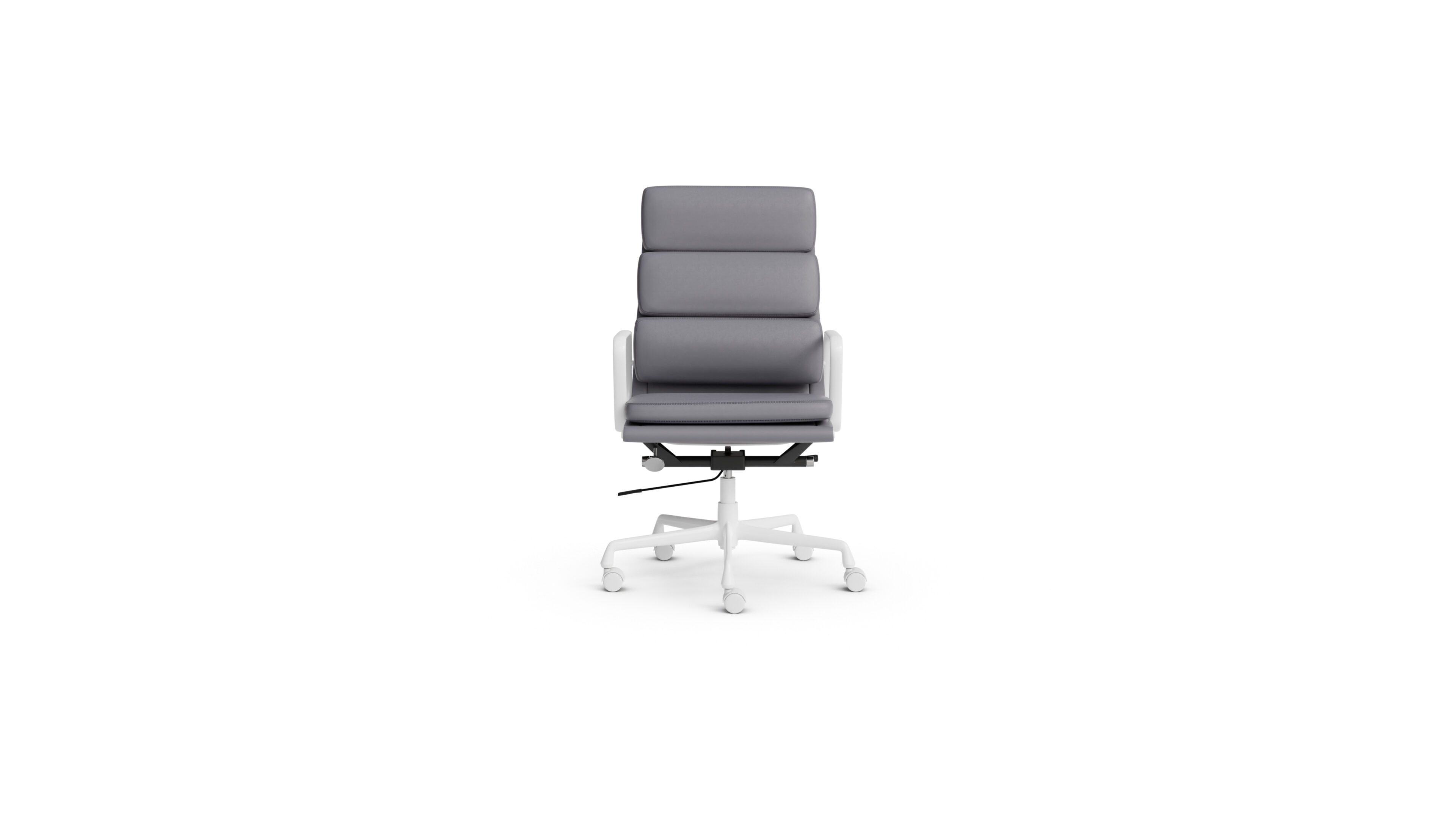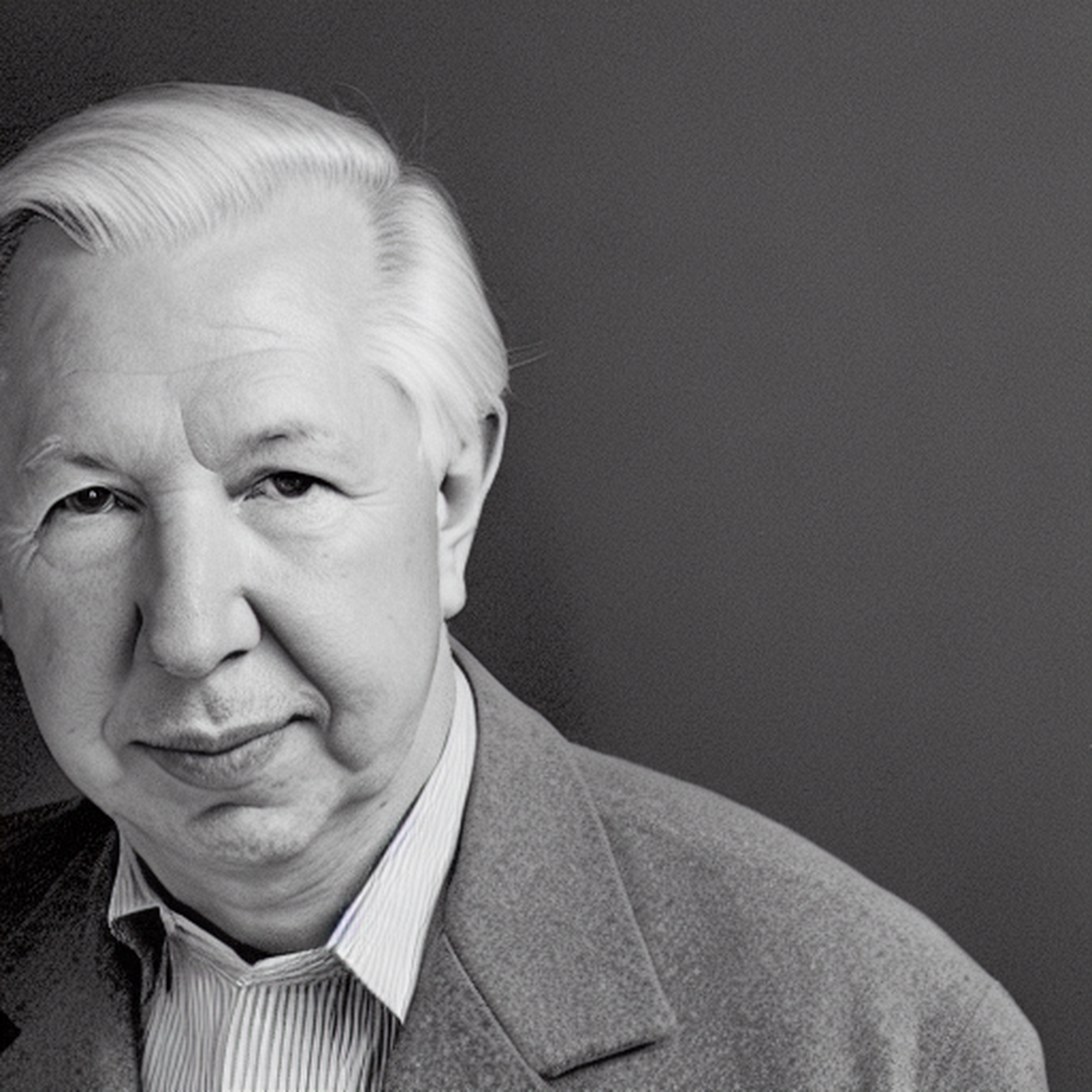
Ludwig Mies van der Rohe Biography
Ludwig Mies van der Rohe (1886-1969) was a German-American architect and designer who profoundly shaped modern architecture and furniture design. He began his career in Berlin before emigrating to the United States in 1937. Mies is renowned for his minimalist aesthetic, epitomized by his motto “less is more.” His iconic Barcelona Chair and Ottoman (1929), designed with Lilly Reich for the German Pavilion at the Barcelona International Exhibition, exemplify his pursuit of elegant simplicity. The Barcelona Daybed (1930) and MR Chair series (1927) further showcase his mastery of form and material. Mies’s architectural achievements include the Seagram Building in New York and the Farnsworth House. His work is characterized by clean lines, detailed craftsmanship, and innovative use of industrial materials.
Early Life and Education
Born in 1886 in Aachen, Germany, Ludwig Mies van der Rohe (born Maria Ludwig Michael Mies) came from a family of stonemasons. This early exposure to craftsmanship and materials would greatly influence his later work. Although he never received formal architectural training, Mies gained practical experience working in his father’s stone-carving shop and later apprenticing with several architects in Aachen. In 1905, he moved to Berlin, where he worked for architect and furniture designer Bruno Paul before joining the office of Peter Behrens, a significant figure in modernist architecture.
Career and Achievements
Mies’s career spanned over six decades and two continents, leaving an indelible mark on both architecture and design. In the 1920s, he became a leading figure in the modernist movement in Germany, creating groundbreaking designs that emphasized open space and clean lines. His German Pavilion for the 1929 International Exposition in Barcelona, though temporary, became one of the most influential buildings of the 20th century.
In 1930, Mies became director of the Bauhaus, the influential German school of art and design. However, mounting pressure from the Nazi regime led to the school’s closure in 1933. In 1937, Mies emigrated to the United States, where he headed the architecture department at the Illinois Institute of Technology (formerly Armour Institute) and designed its new campus.
In America, Mies continued to refine his distinctive style, creating some of his most famous works. The Farnsworth House (1945-1951) in Plano, Illinois, is considered a masterpiece of residential architecture, showcasing Mies’s concept of a glass house set in nature. The Seagram Building (1954-1958) in New York City, designed with Philip Johnson, set a new standard for the modern skyscraper with its elegant bronze and glass façade.
Parallel to his architectural work, Mies made significant contributions to furniture design. His Barcelona Chair, designed for the German Pavilion in Barcelona, has become an icon of 20th-century design. Other notable furniture designs include the Brno Chair (1930), the Tugendhat Chair (1930), and the MR Chair series (1927).
Signature Designs
Ludwig Mies van der Rohe’s portfolio includes groundbreaking architectural projects and influential furniture designs. Some of his most notable works include:
1. Barcelona Chair and Ottoman (1929): Designed for the German Pavilion at the Barcelona International Exhibition, this chair epitomizes Mies’s minimalist aesthetic.
2. Farnsworth House (1945-1951): A weekend retreat in Plano, Illinois, that exemplifies Mies’s concept of a glass house in nature.
3. Seagram Building (1954-1958): A landmark skyscraper in New York City that set new standards for corporate architecture.
4. MR Chair Series (1927): A series of cantilevered chairs that showcased Mies’s innovative use of tubular steel.
5. Barcelona Daybed (1930): A companion piece to the Barcelona Chair, showcasing similar design principles.
Design Philosophy and Approach
Mies van der Rohe’s design philosophy is encapsulated in his famous dictum “less is more.” He believed in the power of simplicity and sought to distill architecture and design to their essential elements. This approach resulted in spaces and objects of elegant simplicity, where every element serves a purpose and nothing is superfluous.
Central to Mies’s work was the concept of “universal space” – flexible, open areas that could be adapted to various uses. This idea is evident in both his architecture and furniture design, where he often created multi-functional spaces and versatile pieces.
Mies was also known for his innovative use of industrial materials, particularly steel and glass. He believed in honestly expressing the nature of materials in his designs, rather than disguising or ornamenting them. This principle led to the development of his distinctive aesthetic, characterized by exposed structural elements and large expanses of glass.
In furniture design, Mies applied the same principles of simplicity and honest use of materials. His chairs and tables often feature clean lines, minimal forms, and a focus on function. The cantilever design, which he helped popularize, demonstrates his interest in using new materials and techniques to create visually light, structurally innovative furniture.
Legacy and Influence
Ludwig Mies van der Rohe’s influence on modern architecture and design is immeasurable. His minimalist aesthetic and innovative use of materials have shaped the course of architecture and continue to inspire designers today. The glass-and-steel skyscraper, now a ubiquitous feature of urban landscapes worldwide, owes much to Mies’s pioneering designs.
In furniture design, Mies’s creations have achieved iconic status. The Barcelona Chair, in particular, has become a symbol of modernist design and continues to be produced and widely used in both residential and commercial interiors. His innovative use of industrial materials in furniture opened up new possibilities for form and function that continue to influence designers.
Mies’s teachings, both at the Bauhaus and later at the Illinois Institute of Technology, have shaped generations of architects and designers. His emphasis on structure, space, and material honesty remains a cornerstone of architectural education.
Today, Mies’s buildings are celebrated as landmarks of modernist architecture. Many have been carefully restored and are open to the public, ensuring that his legacy continues to be appreciated by new generations. His furniture designs, still in production, remain popular choices for those seeking timeless, elegant pieces.
The phrase “less is more,” so closely associated with Mies, has become a touchstone for designers across disciplines, encapsulating an enduring approach to design that values simplicity, clarity, and purpose.
Ludwig Mies van der Rohe FAQs
What is Ludwig Mies van der Rohe best known for?
Mies is best known for his minimalist architecture and furniture designs, including the Barcelona Chair, the Seagram Building in New York, and the Farnsworth House. His famous motto “less is more” encapsulates his design philosophy.
What is significant about the Barcelona Chair?
The Barcelona Chair, designed in 1929, is an icon of modernist furniture design. It exemplifies Mies’s minimalist aesthetic and innovative use of industrial materials, featuring a sleek design with a chrome-plated steel frame and leather upholstery.
How did Mies influence modern architecture?
Mies profoundly influenced modern architecture through his minimalist aesthetic, innovative use of industrial materials like steel and glass, and his concept of “universal space.” His designs for glass-and-steel skyscrapers set the standard for corporate architecture in the 20th century.
What is the Farnsworth House?
The Farnsworth House is a weekend retreat Mies designed in Plano, Illinois, completed in 1951. It’s considered a masterpiece of residential architecture and exemplifies Mies’s concept of a glass house set in nature, showcasing his principles of simplicity and connection to the environment.

























































